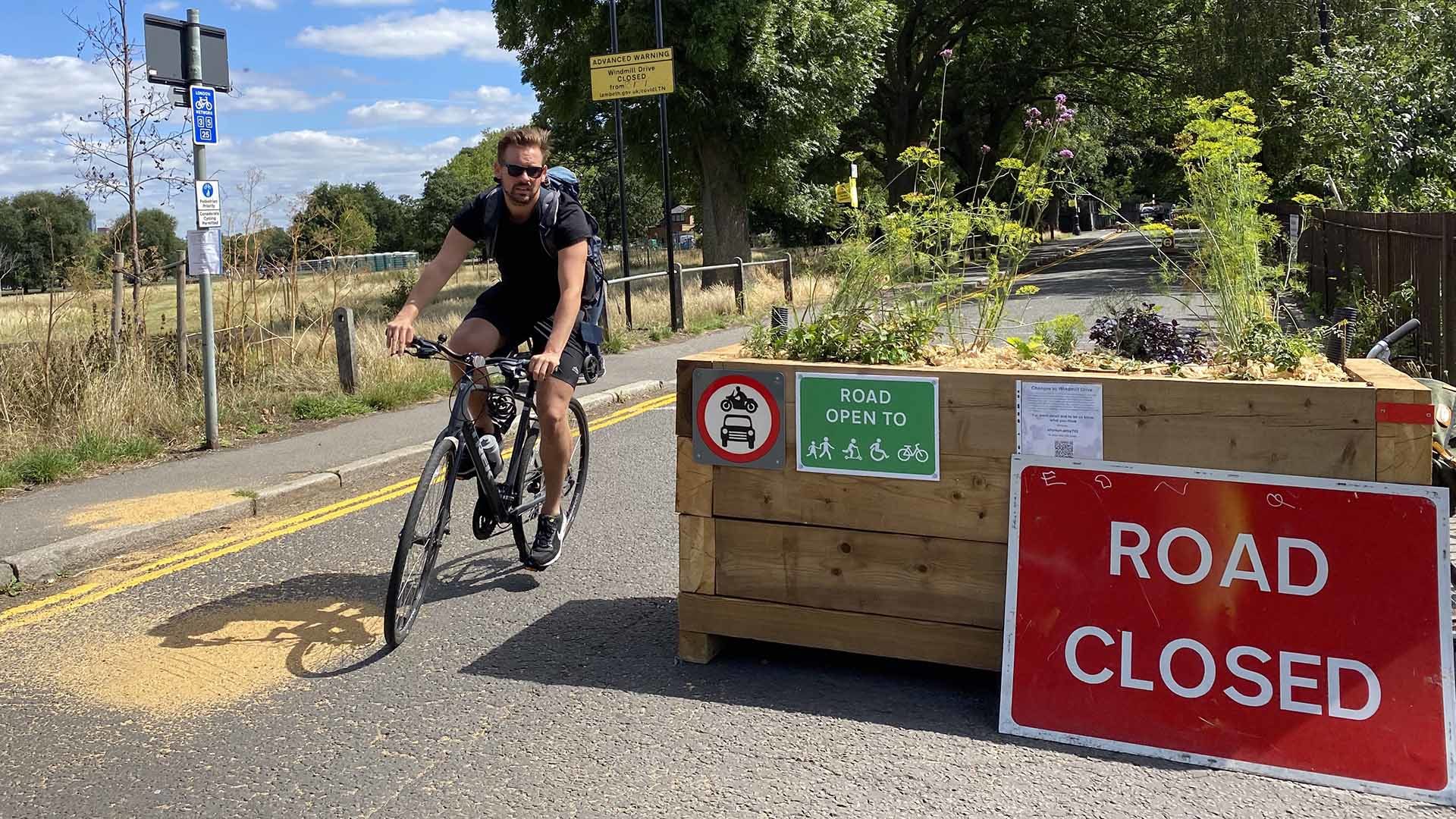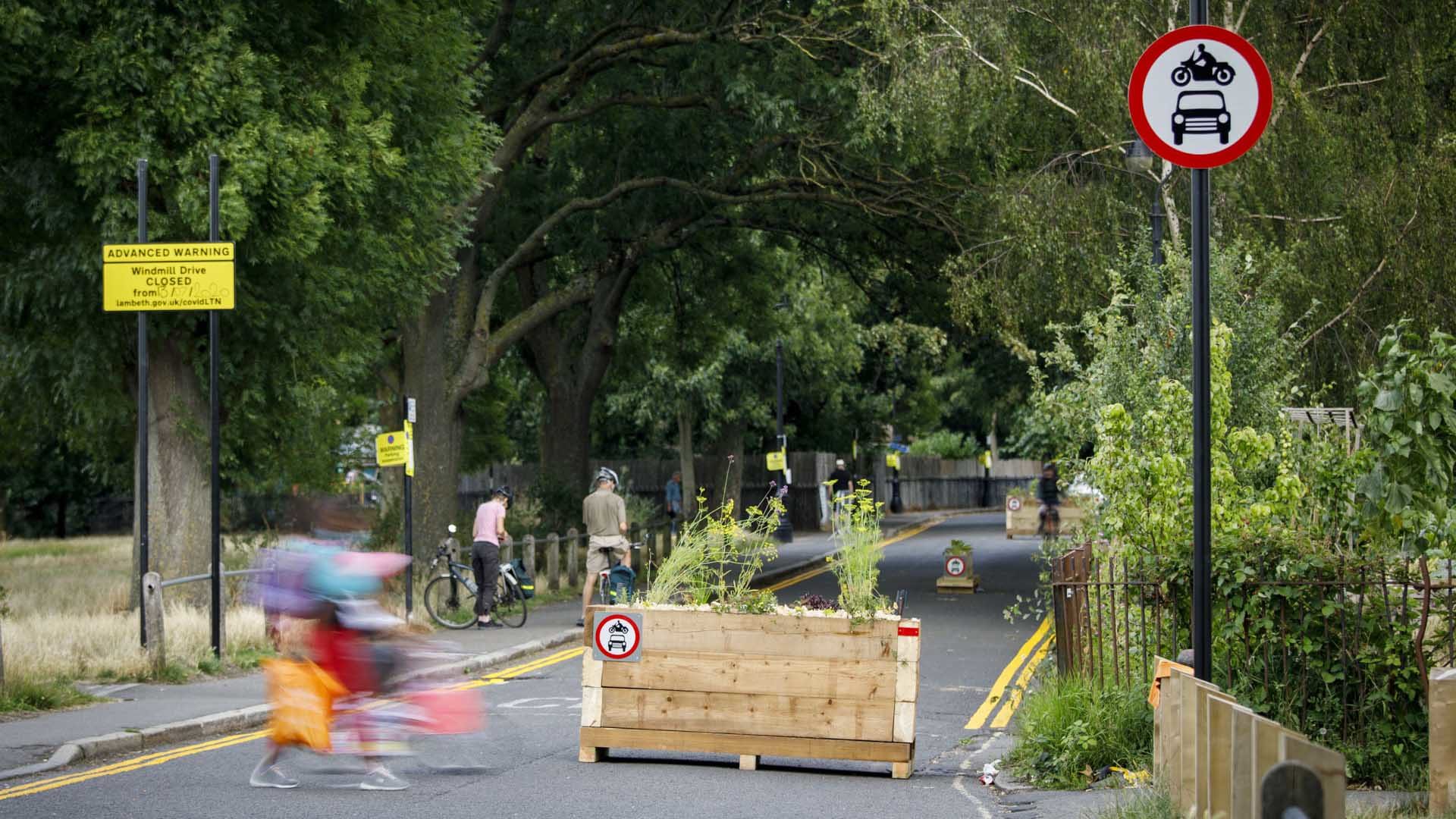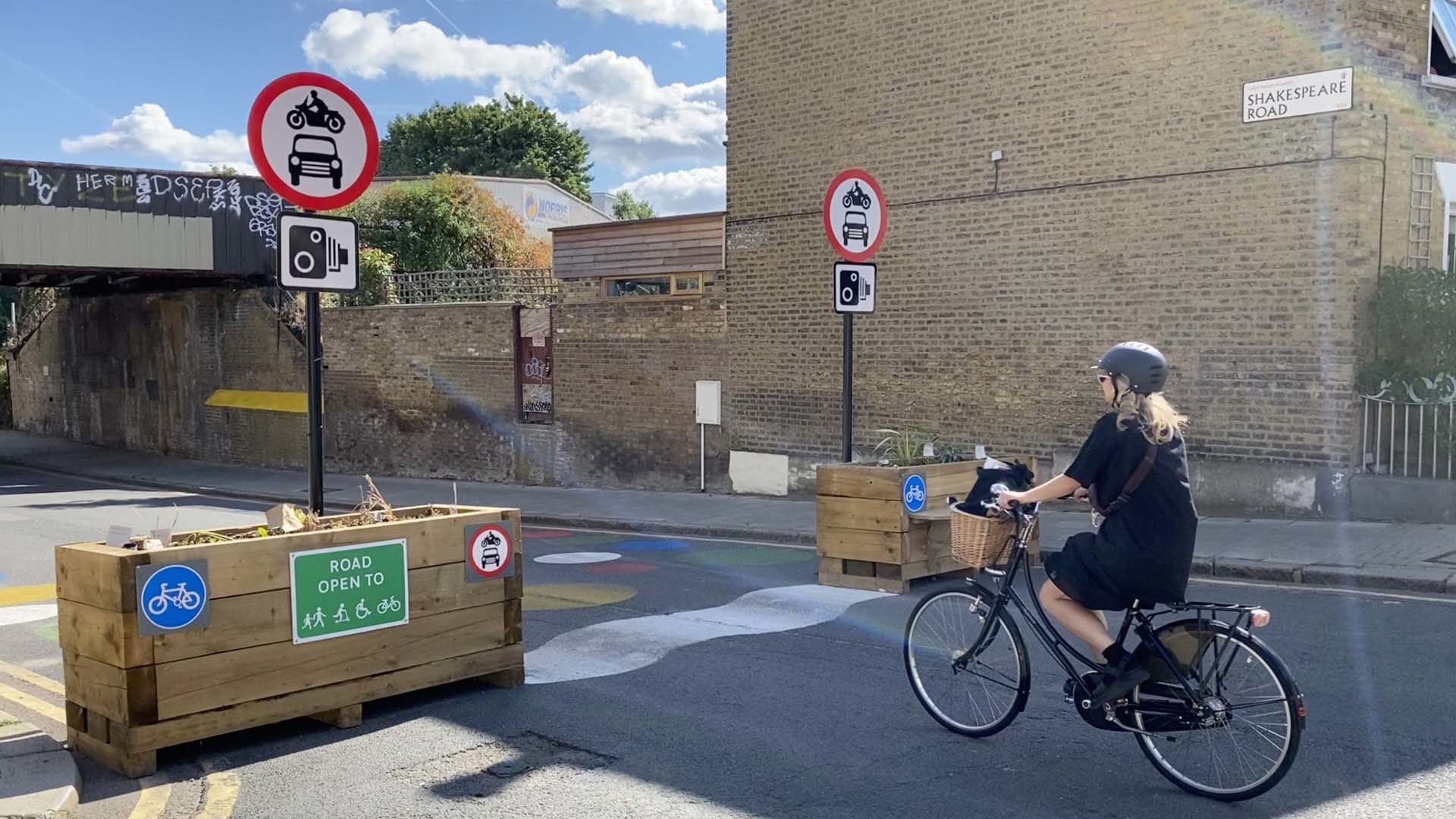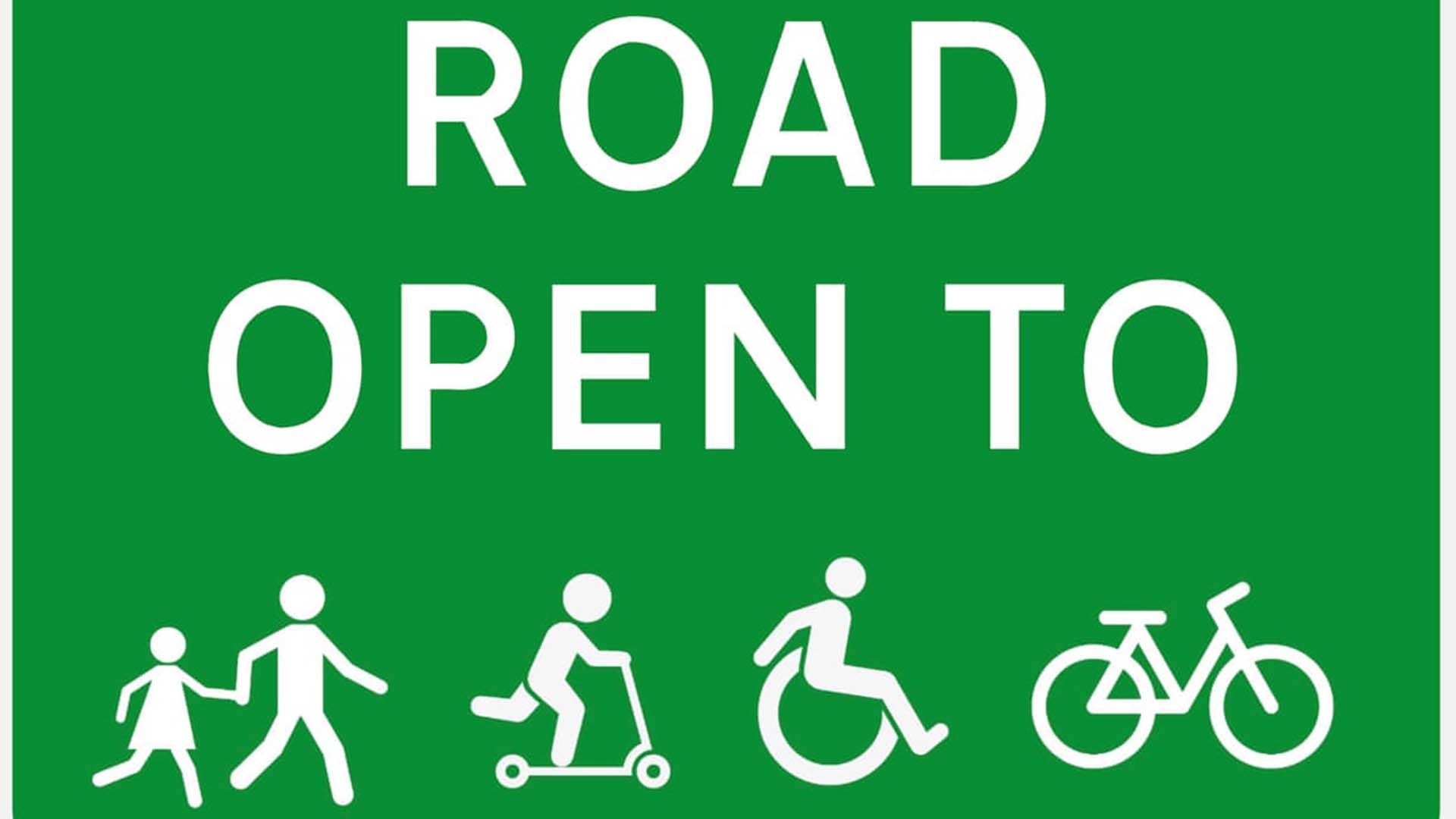
BBC Radio 2 presenter Jeremy Vine recently got into trouble for praising Low Traffic Neighbourhoods. The keen cyclist was warned he broke the corporation’s rules on impartiality after he tweeted his support for the schemes.
Surely Vine has a point, though? After all, a Low Traffic Neighbourhood can improve the quality of life at a local level. Better air quality with less pollution, quieter streets and a greater sense of community. Streets free of the stranglehold of traffic. Streets that breathe again.
That’s the theory. For many motorists, a Low Traffic Neighbourhood is an inconvenience. A loss of civil liberty. The micromanagement of motoring. There are even suggestions of this being a class war.
But what exactly is a Low Traffic Neighbourhood (LTN)?
What is a Low Traffic Neighbourhood?
‘Low Traffic Neighbourhoods are groups of residential streets, bordered by main or ‘distributor’ roads (the places where buses, lorries and non-local traffic should be), where “through” motor vehicle traffic is discouraged or removed.’
This quote from the policy makers‘ document is a good summary. Measures are put in place to discourage or restrict the use of motor vehicles. Some are temporary, while others are permanent.
It remains possible for residents and delivery drivers to use the streets, but it’s harder or impossible to drive through from one main road to the next. ‘Rat-runs’ will be a thing of the past in a future of LTNs.
Why do we need Low Traffic Neighbourhoods?

In 2020, the government announced a £2 billion package to ‘create a new era for cycling and walking’. Of this, £250 million was allocated for an ‘emergency active travel fund’, to include the likes of wider pavements, pop-up bike lanes and cycle-only corridors.
“The government and councils needed to act fast because of Covid,” said Giulio Ferrini of the walking and cycling charity Sustrans.
Some argued the pandemic was simply another opportunity to persecute motorists. Opposition groups have said LTNs benefit the middle classes in the centre of the schemes, at the expense of those living outside the neighbourhood or who are dependent on their vehicles to earn a living.
How does a Low Traffic Neighbourhood work?
Most LTNs use so-called ‘modal filters’ to stop vehicles driving beyond a certain point. These are placed at strategic points around the neighbourhood to stop drivers using the streets as ’rat-runs’.
Traffic on minor roads and residential streets has increased, as drivers are directed away from minor roads to avoid congestion. Traffic-based navigation systems and apps such as Waze have contributed to soaring traffic levels on back roads.
There are many forms of modal filters, including bollards, gates, planters, opposing one-way systems, bus gates, width restrictions and so-called ‘school streets’. These are timed sections of road designed to discourage parents from dropping off close to school.
Some LTNs are enforced using rising bollards and Automatic Number Plate Recognition (ANPR) cameras. Others rely on width restrictions and the assumption that motorists will adhere to the rules.
As footage sourced by the BBC reveals, some motorists will take to the pavement to avoid a blockade. There have been protests and petitions demanding the removal of LTNs in some London boroughs, while planters were overturned in Ealing.
The case for and against LTNs

Local Traffic Neighbourhoods can be implemented using emergency traffic orders, with the subsequent consultation taking place over the first six months of operation. That’s one of the aspects that has angered many.
Some councils have dropped the plans. Ravi Govinda of Wandsworth Council said: “We are also absolutely committed to our ambitious target of growing the greenest inner London borough by 2030.
“But the LTNs we had in place were just not working for local residents and businesses. There were gridlocks on our roads, which increased carbon emissions; emergency vehicles were getting blocked in, and the daily lives of many residents were being disrupted.”
There’s also a concern that an LTN does little more than shift a problem elsewhere. Sam Cooray, who lives on the border of a scheme in Oval, in the London borough of Lambeth, told The Guardian: “I’m between two main roads so I’m in a cloud of pollution, and my children are in a cloud of pollution,” she says, “sitting in a park cafe beside a busy road.”
Supporters point to the social and environmental benefits as reasons to get behind the concept of LTNs. The first scheme in Waltham Forest saw traffic levels fall by around half inside the residential area and by 16 percent even when including the main roads.
Chris Proctor of Enjoy Waltham Forest said: “The average road within the village saw a 44.1 percent reduction in vehicles on the road and a reduction in speed from 21.6mph to 19.5mph.”

Simon MacMichael of cycling website Road.cc, said: “Is it too much to hope that as more and more low traffic neighbourhoods are introduced, and more local residents get used to their streets being closed to rat-running drivers, there is a future around the corner in which people are encouraged out of their cars – if they have one in the first place – and use cycling or walking as their default way of getting around?”
One thing’s clear: there’s no middle ground in the LTN discussion. Like Brexit, either you’re in favour or you’re not. The topic on social media is surrounded by vitriolic language, bitterness and anger.
It all comes down to whether you view LTNs as ‘road closed’ or ‘road open to pedestrians, wheelchair users and cyclists’. It’s far from an open or shut case.
All images © Sarah Berry.
ALSO READ:
I have been fined £195 for driving on the street I live in Haringey London . The signs are misleading and most people thought local residents could drive down the same street that has been cut in half . The West Green side is one way and what was a 3 minute journey to Sainsbiurys takes 15 . The park along nearby is filled late at night with unsavoury people and due to lack of traffic women fear walking late at night . Criminals seem to be selling drugs more around the park as less cars passing by with the dash cams that can catch murders as Sarah Everards killer . The wooden boxes seem a hazard on the road and I fear someone will be killed by the sharp corners . In all this is a step back to freedom and seems to be the start of gated communities and more gentrification .
Lewisham LTN: I used to take my seriously disabled son to the leemore centre (Mencap Monday Club) I haven’t, can’t take him there anymore, he can’t walk there and I can’t afford to drive there, being heavily fined when I do.
LTN: Victimising the carer and punishing the vulnerable, after nearly forty years HE NO LONGER GOES THERE instead he’s trapped in his home. by greedy heartless councils.
I did try to get a concession E, G, Blue Badge holder was told as he didn’t live in lewisham …TOUGH…
HE CAN’T WALK THERE. CAN’T RIDE A BIKE. CAN’T CROSS THE ROAD UNSUPERVISED,
LEWISHAM COUNCIL TRY EXPLAINING TO HIM, WHY HE CAN’T SEE HIS LIFE LONG FRIENDS !.
The LTN signs are hidden high up in dark obscure places, the sign writing to small and dark to read without getting out of car and using a torch. TROUBLE IS BY THEN ITS ALREADY TO LATE YOU’VE BEEN FINED .
DESIGNED IMPLEMENTED AND USED TO ROB IN THIS CASE A SERIOUSLY DISABLED MAN or his father / carer as I have to pay these PURPORTED FINES (Money Machine). First month this camera raised £17,000 for lewisham council (See local news paper) after they removed boxes and put up camera’s. I had no idea these LTN even existed ?. UNTIL I RECEIVED THE FINE.
Former London resident, never no more (another tradesman leaves the capital ) good luck with getting anything done ?.
Hi victimofgreed, sorry to hear that you feel stuck at home now. Just to let you know an LTN doesn’t mean you can’t drive your car, maybe try an alternative route and you’ll be able to get to the Leemore centre. Might take you 5 minutes longer but surely you would agree this is worth it for safer streets for our children and other vulnerable road users?
Cars are great but I’m slightly concerned why people are feeling ‘persecuted’ because they have to take a different route… An LTN will never will prevent access.